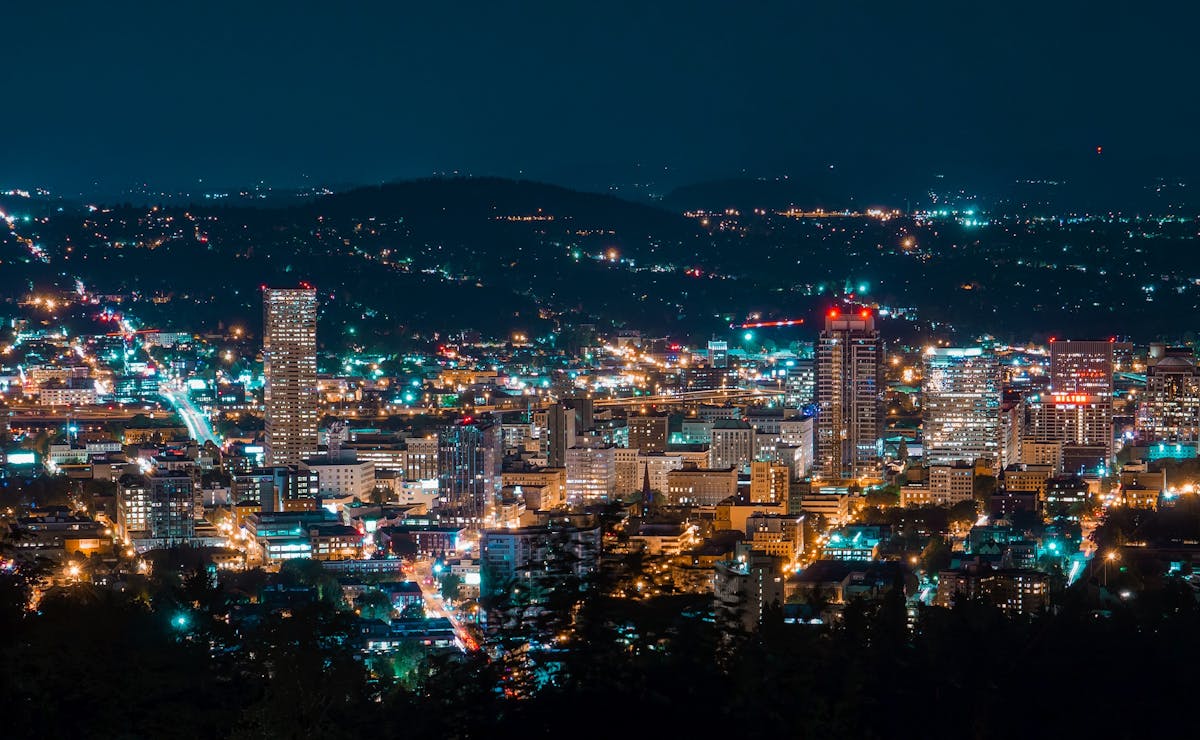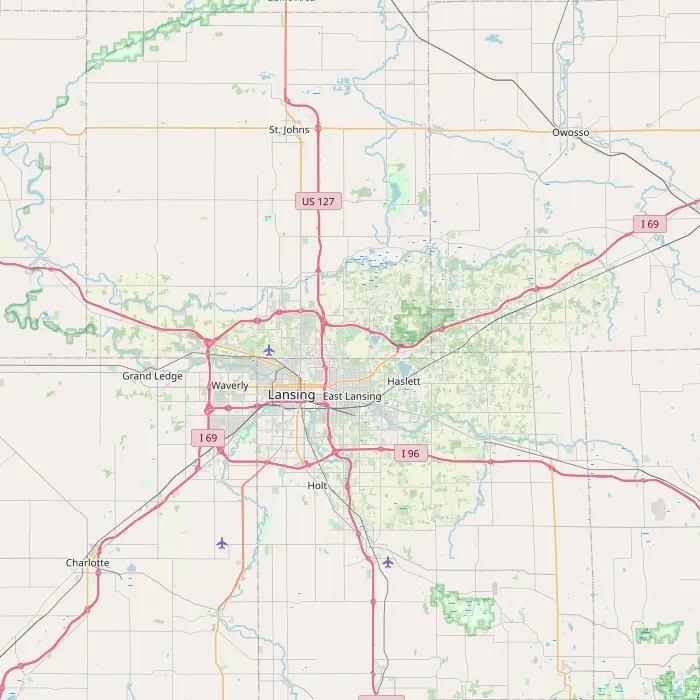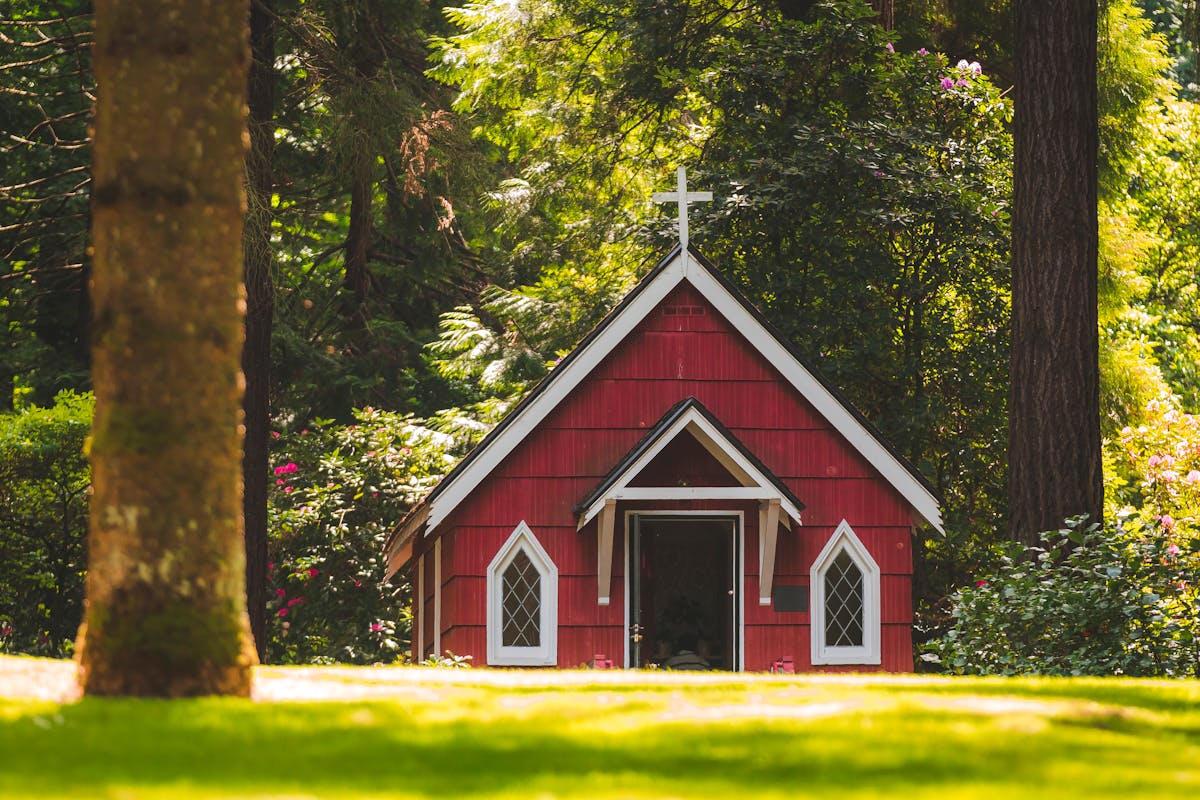Planning a visit to Bend, Oregon, is an exciting prospect! Nestled in the high desert of Central Oregon, Bend offers a unique blend of outdoor adventure, vibrant culture, and stunning natural beauty. But before you pack your bags, understanding the Bend Oregon Average Weather is key to ensuring your trip is everything you dream of. As a content creator passionate about connecting people with destinations through rich experiences, I know that weather isn’t just a statistic; it shapes the activities you can enjoy, the clothes you pack, and the overall feel of your journey. Let’s dive into what you can expect from Bend’s climate throughout the year and how it influences the incredible adventures awaiting you.
Understanding the “average” gives us a solid foundation for planning. While day-to-day weather can certainly vary, looking at historical patterns provides valuable insight into the general conditions you’re likely to encounter during different times of the year. This helps you decide on the best time to visit based on your interests, whether you’re chasing sunshine for river activities or seeking fresh powder on the slopes.
The Unique High Desert Climate of Bend
Bend’s climate is often described as semi-arid, thanks to its location east of the Cascade Mountains. This geographical positioning creates a rain shadow effect, resulting in significantly less precipitation compared to the wetter regions west of the Cascades, like Portland. The altitude (around 3,600 feet or 1,100 meters) also plays a significant role, contributing to distinct seasonal changes and a large diurnal (day-night) temperature range, especially in the warmer months.

This unique high desert environment means Bend enjoys around 300 days of sunshine per year – a major draw for outdoor enthusiasts. However, “sunny” doesn’t always mean “warm.” Temperatures can fluctuate dramatically, and even on a bright day, evenings can become quite cool. Knowing these nuances of the Bend Oregon Average Weather helps you pack appropriately and be prepared for varying conditions within a single day. The data used to understand these patterns, often drawing on information from sources like those analyzing historical records and satellite data, helps build this picture over time.
Bend Oregon Average Weather: A Seasonal Breakdown
Let’s explore the typical weather patterns across the four seasons in Bend and how they dictate the best ways to experience the area.
Spring: Awakening in the High Desert (March-May)
Spring in Bend is a season of transition. Average temperatures begin to climb, moving from cooler highs in the 40s (°F) in March to comfortable highs in the 60s (°F) by May. Nights remain chilly, often dipping below freezing early in the season but gradually warming. Precipitation can still occur, sometimes as late-season snow in March, but rain becomes more common as spring progresses.
Discover the Best Overnight Summer Camps in Texas
Your Ultimate Guide to Oktoberfest Los Angeles 2024
Discover the Best Things to See in Sarasota
This is a beautiful time as the landscape greens up, and wildflowers begin to bloom. The average weather makes spring ideal for hiking on lower-elevation trails before the summer heat sets in. River levels rise from snowmelt, offering exciting early-season rafting for the adventurous. It’s also a great time to enjoy Bend’s burgeoning craft brewery scene or explore the shops downtown without the peak-season crowds.
Summer: Sunshine and Outdoor Adventures (June-August)
Summer is arguably the most popular time to visit Bend, and for good reason. The Bend Oregon Average Weather during these months is typically warm, sunny, and dry. Average high temperatures often range from the mid-70s to the low 80s (°F), occasionally spiking into the 90s or even 100s. Nights are pleasantly cool, often dropping into the 40s or 50s (°F), making for comfortable sleeping weather.
Rain is minimal, with low humidity, creating perfect conditions for a vast array of outdoor activities. This is prime time for floating or paddleboarding on the Deschutes River, mountain biking the extensive trail networks, rock climbing at Smith Rock State Park, and hiking in the nearby Cascade Lakes region. The long daylight hours maximize your time for adventure. Understanding the average summer weather helps you prepare for sun exposure and potential heat, ensuring you stay hydrated and safe during your explorations.
 Sources map
Sources map
Fall: Golden Hues and Crisp Air (September-November)
Fall brings stunning colors and a pleasant crispness to the air. The average weather starts warm in September, with highs in the 70s (°F), but cools significantly through October and November, dropping into the 50s (°F). Nights become colder, with frosts becoming common later in the season. Precipitation increases compared to summer, though it’s often in the form of rain at lower elevations.
This is a fantastic time for scenic drives to witness the changing leaves, particularly along the Cascade Lakes Scenic Byway before it closes for the winter. Hiking remains popular, with comfortable daytime temperatures and beautiful fall foliage. It’s also a great season for visiting local cideries or enjoying cozy evenings by the fireplace in one of Bend’s many lodges. The transition in Bend Oregon Average Weather during fall provides a beautiful backdrop for slightly less intense outdoor pursuits and more focus on local culture and scenery.
Winter: A Snowy Wonderland (December-February)
Winter in Bend transforms the landscape into a snowy playground, particularly at higher elevations. The Bend Oregon Average Weather during winter is cold, with average high temperatures typically in the 30s (°F) and lows often well below freezing. Snowfall is common, accumulating in town and heavily in the surrounding mountains.

This season is all about snow sports. Mount Bachelor, just a short drive away, offers fantastic skiing and snowboarding. Nearby trails are perfect for snowshoeing and cross-country skiing. In town, the atmosphere is cozy. While planning for the average winter weather means packing warm layers and waterproof gear, it opens up opportunities for unique experiences like exploring the town under a blanket of snow, enjoying seasonal events, or simply relaxing indoors after a day playing in the cold.
What the “Average” Means for Your Trip
While the average weather provides a great baseline, it’s important to remember that weather is inherently variable. “Average” is compiled from historical data sources and sophisticated models, taking into account factors like elevation and proximity to recording stations. However, any given day or week in Bend can deviate significantly from the average due to short-term weather systems.
What the Bend Oregon Average Weather does tell us is the likelihood of certain conditions. If you visit in July, it’s highly probable you’ll encounter warm, dry, sunny weather, making river activities almost guaranteed. If you visit in January, you should absolutely plan for cold temperatures and potential snow, with skiing being a strong possibility. It helps set realistic expectations and informs your packing list. Checking the forecast closer to your travel dates is always advisable for day-to-day specifics.
Beyond the Averages: Activities and Experiences Fueled by Weather
Bend’s activities are inextricably linked to its climate. The distinct seasons, shaped by the Bend Oregon Average Weather, provide a dynamic environment for visitors.
- Sunny Days (Any season): Perfect for exploring downtown, visiting breweries and distilleries (Bend is famous for its craft beer!), or taking a scenic drive.
- Warm Days (Summer/Early Fall): Ideal for water sports on the Deschutes River, mountain biking, road cycling, rock climbing, and high-elevation hiking.
- Cool/Crisp Days (Spring/Fall): Great for lower-elevation hiking, trail running, exploring parks like Pilot Butte, and enjoying fall foliage.
- Cold/Snowy Days (Winter): The time for downhill skiing and snowboarding at Mount Bachelor, cross-country skiing, snowshoeing, sledding, and enjoying cozy indoor activities like visiting museums or dining.
Understanding the average weather helps you align your desired activities with the typical conditions. If your heart is set on paddleboarding, summer is your best bet. If you dream of hitting the slopes, winter is your window.
Frequently Asked Questions About Bend Oregon Average Weather
Let’s address some common questions people have when planning a trip based on Bend’s climate.
- What is the best time to visit Bend for outdoor activities?
Summer (June-August) offers the most consistently warm and dry weather for water sports, biking, and hiking. However, spring and fall provide pleasant temperatures for hiking and fewer crowds. Winter is best for snow sports. - Does it rain a lot in Bend?
No, Bend is in the high desert rain shadow. It receives significantly less precipitation than western Oregon. Precipitation is more common in the spring and winter (often as snow). - Is Bend very cold in the winter?
Yes, average winter temperatures are cold, with highs often in the 30s (°F) and lows below freezing. Snowfall is common, especially at higher elevations. - How hot does it get in the summer?
Average summer highs are in the 70s and low 80s (°F), but temperatures can occasionally exceed 90°F or even 100°F during heatwaves. - How does elevation affect Bend’s weather?
Bend’s elevation contributes to its large day-night temperature swings and ensures distinct seasonal differences, including significant winter snowfall.
Conclusion
Planning your adventure around the Bend Oregon Average Weather is a smart first step to maximizing your experience in this incredible destination. From sunny summer days perfect for river fun to snowy winter landscapes calling for ski boots, Bend’s climate offers something special in every season. By understanding the typical conditions, you can pack smart, plan activities that align with the weather, and embrace the unique charm of Bend, whatever time of year you choose to visit the United States. So, check the averages, watch the forecast closer to your trip, and get ready for an unforgettable journey in Central Oregon!
